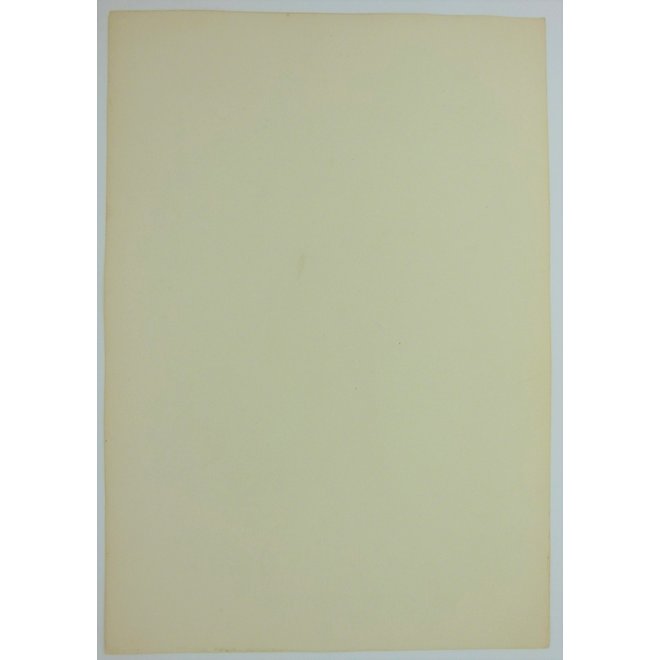Productomschrijving
- Type: natural history print, ornithology
- Title: Ramphomicron Vulcanis. Plate 186
- Technique: lithograph, with gold leaf, contemporary colored
- Illustrator: John Gould / Henry Constantine Richter
- Lithographer: Henry Constantine Richter
- Author: John Gould
- Date: 1849-1861
- Published in Volume 03 of: A Monograph of the Trochilidae or Family of Humming-Birds by John Gould in London
- Printer: Walter & Cohn
- Size: 56.0 x 38.7 cm (22.0 x 15.2 inches)
- Verso: blank
- ID: M0920V
- Source: Nissen 380 / Wellfleet pg. 35
Oudtijds gekleurde en met bladgoud en arabische gom verfraaide lithographie van John Gould.
John Gould was an English ornithologist, artist, publisher and businessman with an eye for a talented artists. He published a number of monographs on birds, illustrated by plates that he produced with the assistance of his wife, Elizabeth Gould, and several other artists including Edward Lear and Henry Constantine Richter. In 1824 he set himself up in business in London as a taxidermist, and his skill helped him to become the first Curator and Preserver at the museum of the Zoological Society of London in 1827. Gould's position brought him into contact with the country's leading naturalists. This meant that he was often the first to see new collections of birds given to the Zoological Society of London. In 1830 a collection of birds arrived from the Himalayas, many not previously described. Gould published these birds in A Century of Birds from the Himalaya Mountains (1830–1832). This work was followed by Birds of Europe in five volumes (1837); The books were published in a very large size, imperial folio, with magnificent coloured plates. Eventually 41 of these volumes were published, with about 3000 plates. Gould succeeded in making his ventures pay, realising a fortune.
Throughout his professional life Gould had a strong interest in hummingbirds. The inspiration for his work on hummingbirds ‘A Monograph of the Trochilidae or Family of Humming-Birds’ (1849-1861) was derived from travels in America. It is estimated that only about 250 copies of the hummingbirds were produced, so these prints are a rare treasure indeed. Originally published in 25 parts with a 5 part supplement, the last three parts of the supplement were published posthumously by Sharpe in 1887. Of these six volumes of hummingbirds, consisting of 418 hand colored plates, even fewer have the highly prized gold or silver iridescence, produced by layering gold or silver leaf under the watercolor paint to mirror the shimmering beauty of each bird. This process is now lost to modern colorists and has become the hallmark of authenticity for Gould hummingbirds.
Gould’s well-deserved reputation as the most respected publisher of 19th century ornithological texts owes much to his extraordinary ability to recognize, recruit and direct great talent. Without a doubt, Gould was the right man in the right time. In the not-to-distant future, photographic reproduction would forever change publishing and cause the demise of these superb hand-colored works. In every aspect, quality ruled the day. Printing had become far advanced and fine paper of large dimension was plentiful. Vibrant new colors and aniline dyes replaced the unstable, fragile and sometimes toxic colors of bygone days. At one time or another, the finest ornithological artists of the day worked for and with him, some for much of their professional lives. These included Edward Lear, W. M. Hart, H. C. Richter and Joseph Wolf, whom some consider the finest artist of his age. Wolf contributed 57 drawings to Birds of Great Britain.
Even at the time of publication, Gould's plates were very expensive and only sold to a small set of subscribers. Due to the limited subscriber list, the plates remain rare and of high value for collectors today.






